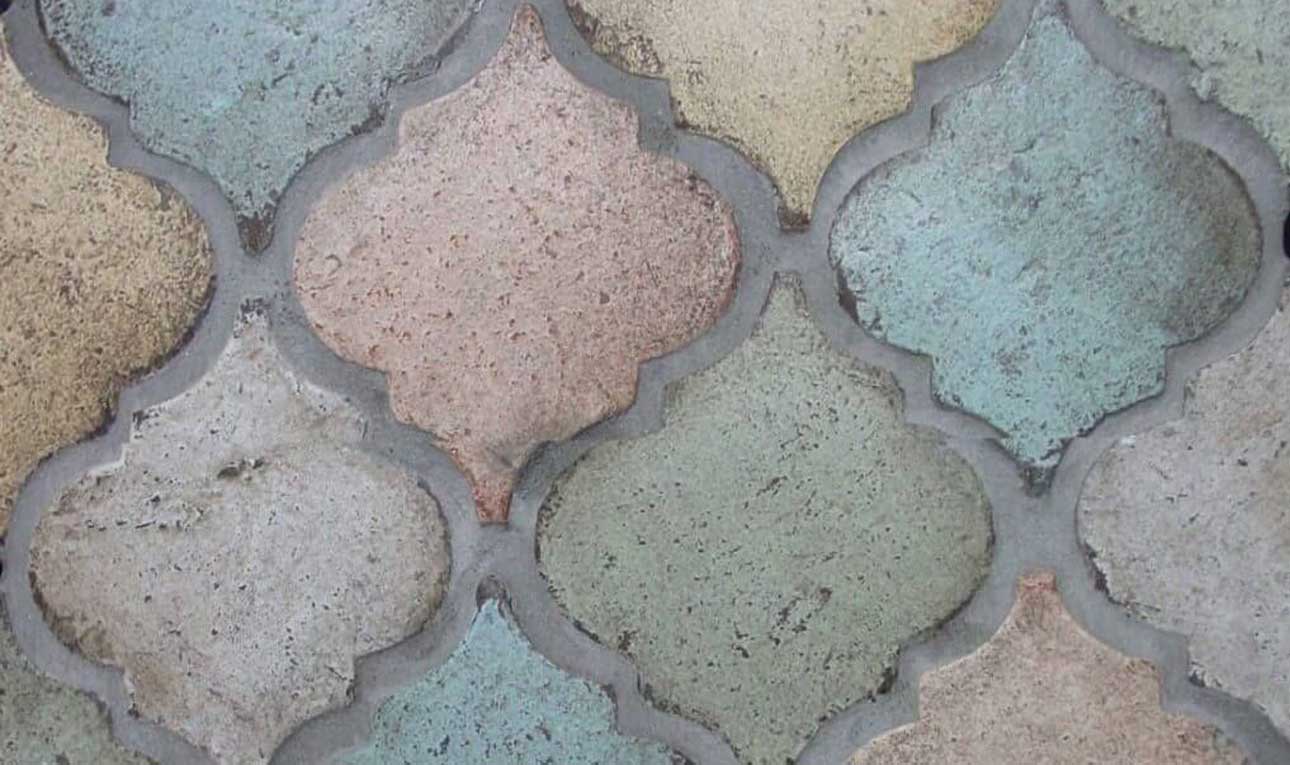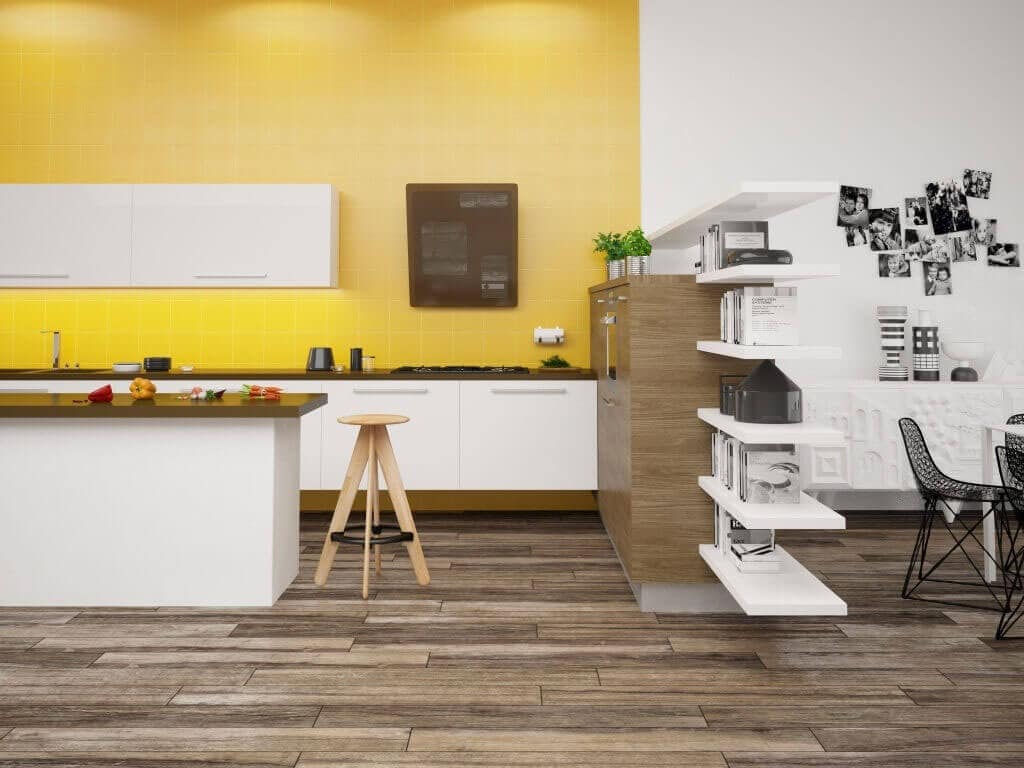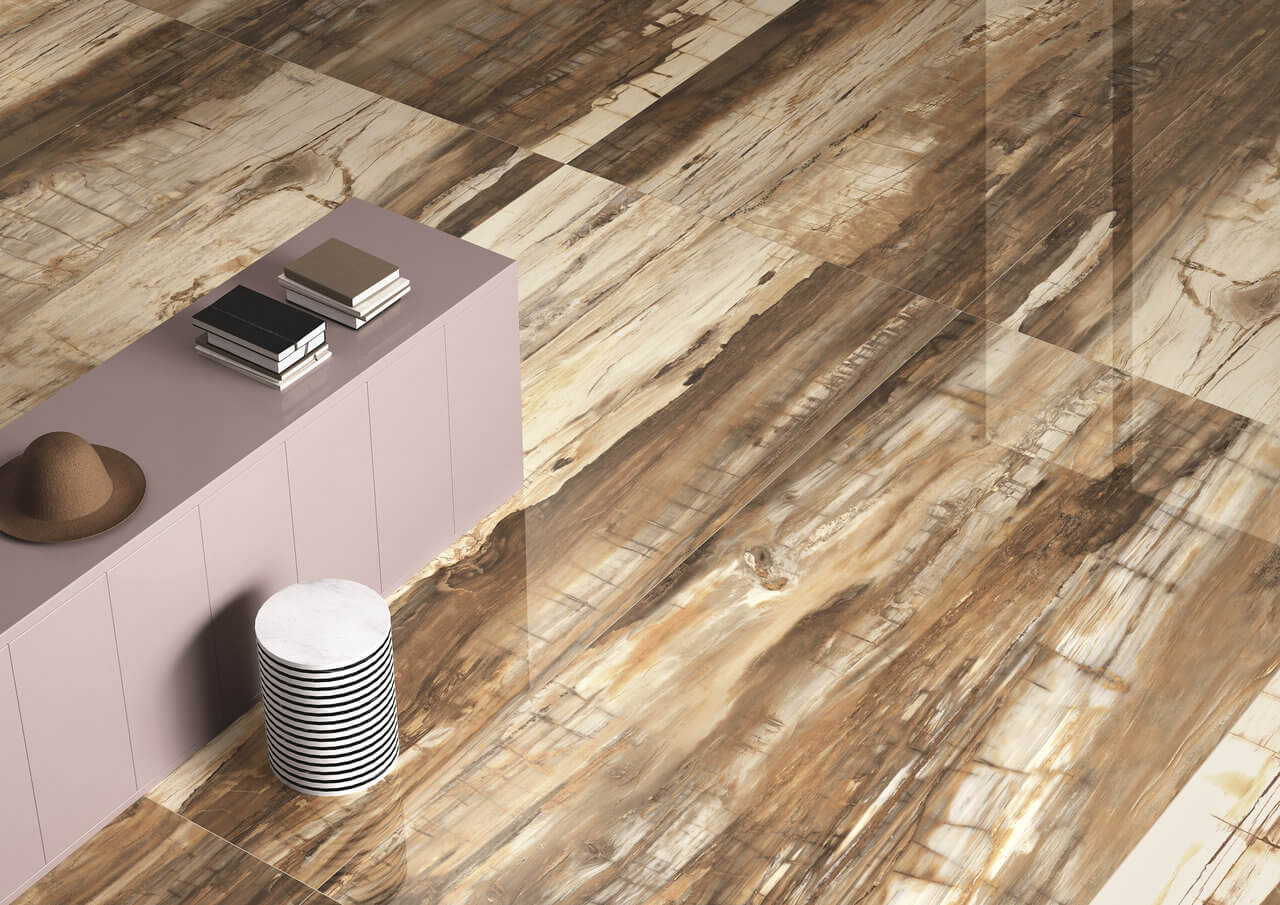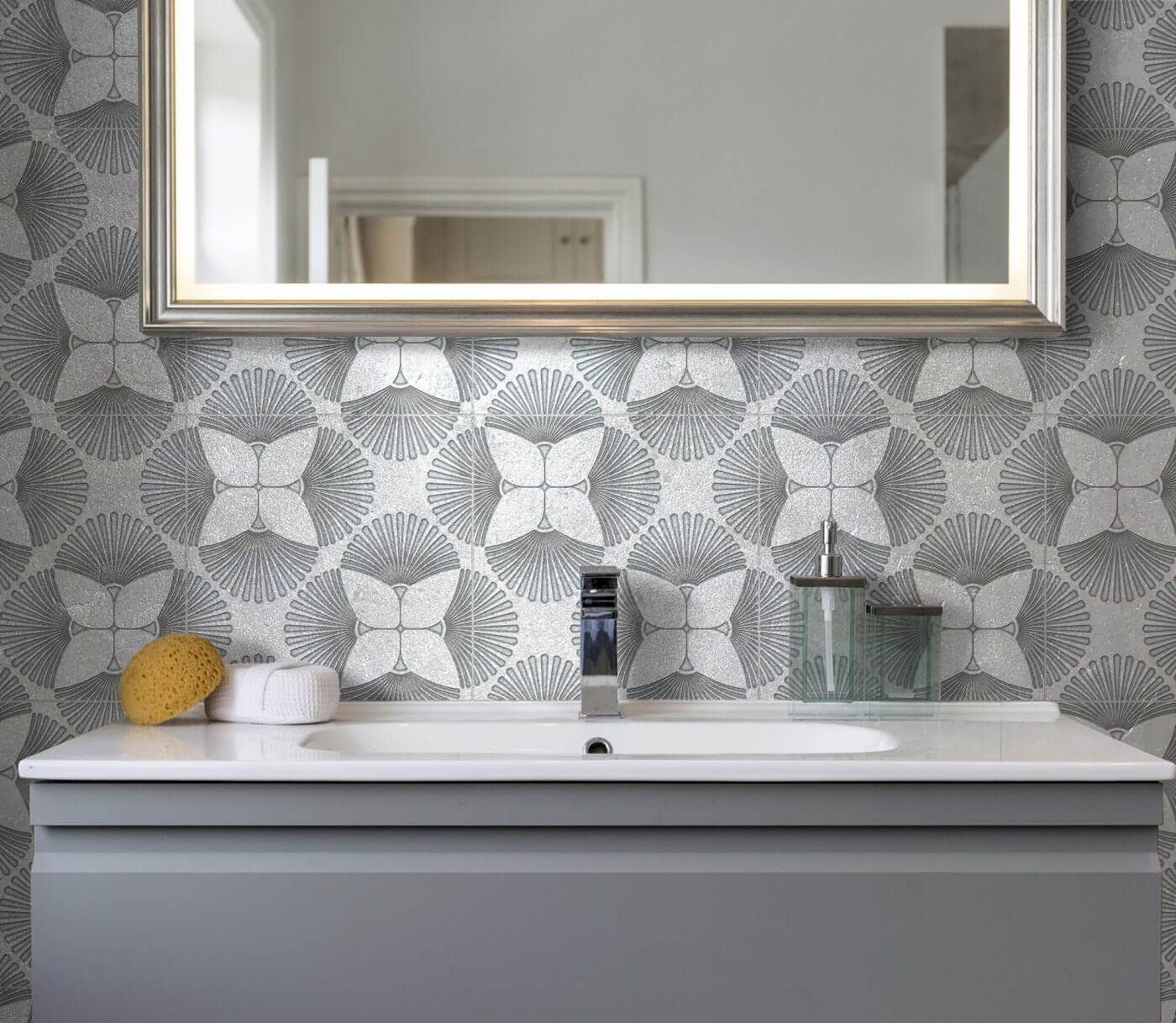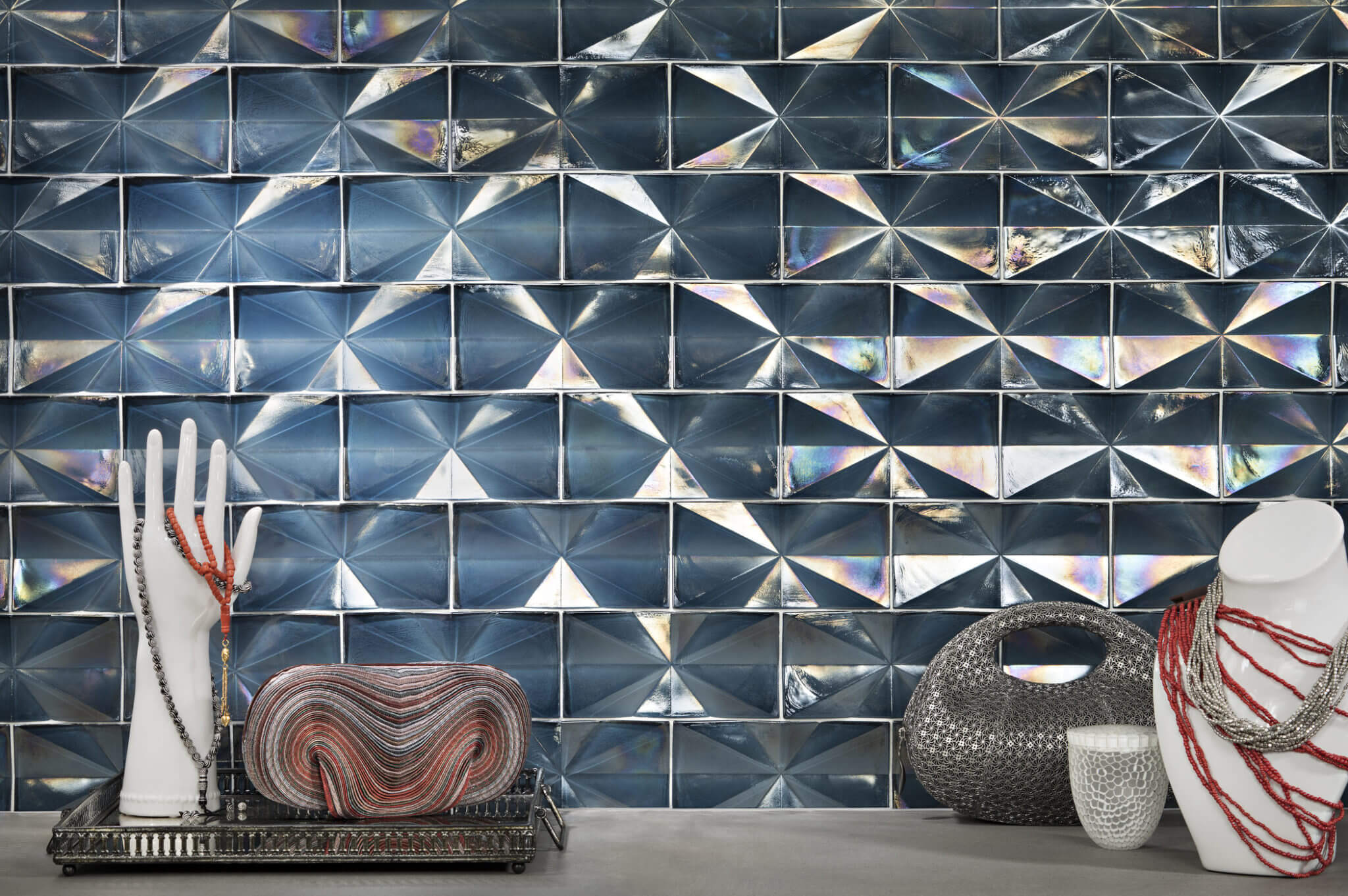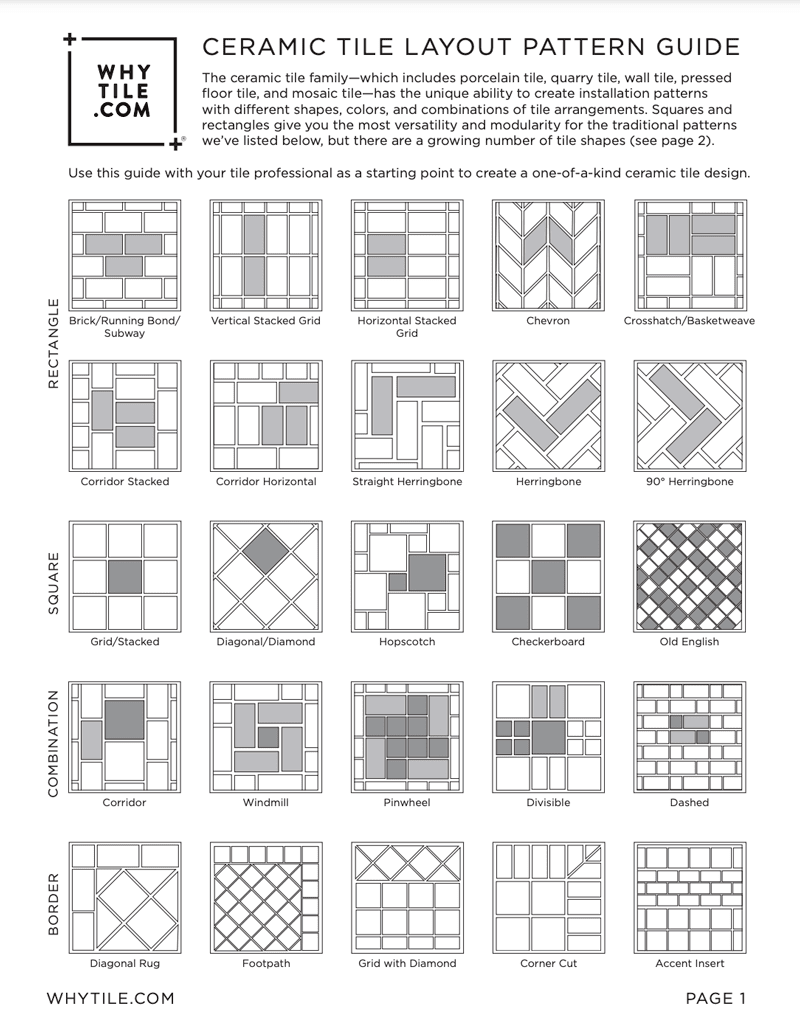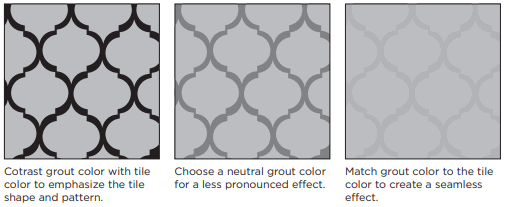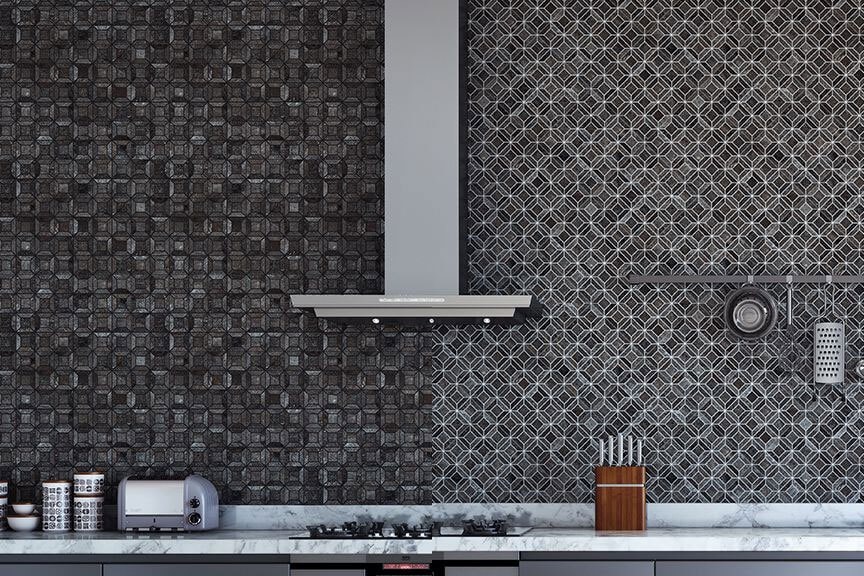Tile Buying Guide

Let us walk you through each important consideration for purchasing tile.
A Smart Investment
The first consideration for any big purchase is typically cost: You want to stay within your budget while also getting a good value for your investment. Luckily, ceramic tile isn’t just gorgeous — it also provides the lowest lifecycle cost of any flooring choice.
A study by Emily Lorenz, PE, F-ACI, an independent cost consultant, analyzed the life cycle costs of various flooring options, including tile, hardwood, laminate, carpet, vinyl, and other popular choices. After appraising initial installation costs, replacement costs where relevant, and custodial maintenance expenses, for each option over its entire life cycle, the study found tile to be the most affordable flooring type. Poured epoxy, VCT, and sheet vinyl flooring were the most expensive flooring types over the life of a building.
The smart choice for your budget, too.
Not only is tile gorgeous, it provides better value.
![]()
Hardwood

Laminate
![]()
Carpet
![]()
Vinyl
Tile
$.95 per yr/per sqft
Tile costs less per year than all other floor finishes.
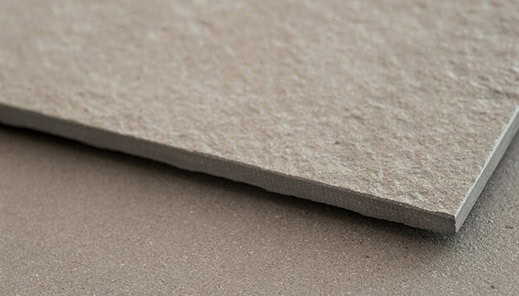
Hardwood
$1.01 per yr/per sqft
Natural hardwood flooring costs more per year than tile.
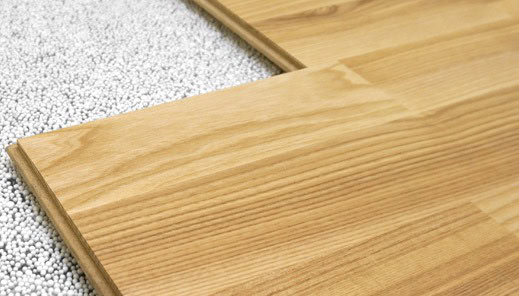
Tile
$.95 per yr/per sqft
Tile costs less per year than all other floor finishes.

Carpet
$1.67 per yr/per sqft
With an estimated useful life of five years, carpet costs significantly more per year than tile.
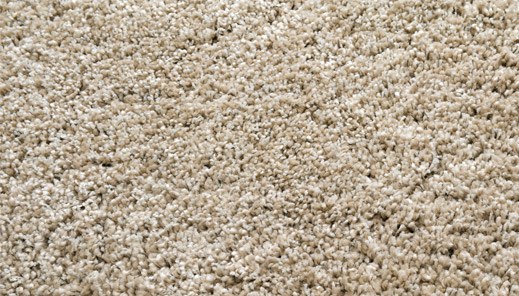
Tile
$.95 per yr/per sqft
Tile costs less per year than all other floor finishes.

Laminate
$1.85 per yr/per sqft
Not only does laminate cost more, its estimated useful life is only a third that of tile.
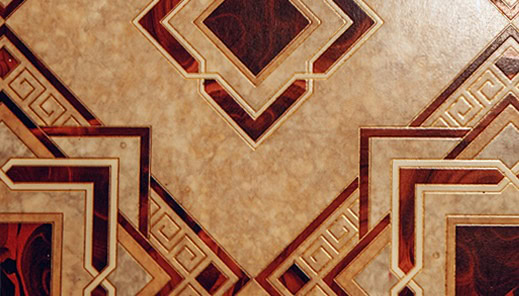
Tile
$.95 per yr/per sqft
Tile costs less per year than all other floor finishes.

Vinyl (such as Luxury Vinyl Flooring)
$1.76 per yr/per sqft
Vinyl alternatives cost almost twice as much per year (or more) than tile.
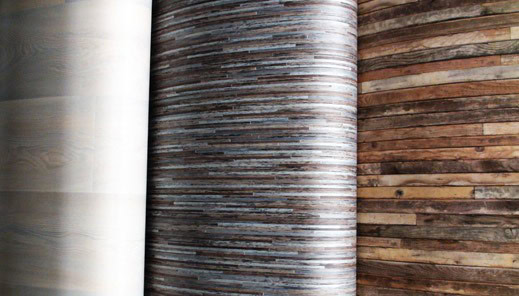
- Hardwood
-
Tile
$.95 per yr/per sqft
Tile costs less per year than all other floor finishes.

Hardwood
$1.01 per yr/per sqft
Natural hardwood flooring costs more per year than tile.

- Carpet
-
Tile
$.95 per yr/per sqft
Tile costs less per year than all other floor finishes.

Carpet
$1.67 per yr/per sqft
With an estimated useful life of five years, carpet costs significantly more per year than tile.

- Laminate
-
Tile
$.95 per yr/per sqft
Tile costs less per year than all other floor finishes.

Laminate
$1.85 per yr/per sqft
Not only does laminate cost more, its estimated useful life is only a third that of tile.

- Vinyl
-
Tile
$.95 per yr/per sqft
Tile costs less per year than all other floor finishes.

Vinyl (such as Luxury Vinyl Flooring)
$1.76 per yr/per sqft
Vinyl alternatives cost almost twice as much per year (or more) than tile.

Location, Location, Location
Before buying tile, your first step is to decide where you’ll put it. Ceramic tile can go anywhere, but these are some of the most popular uses.
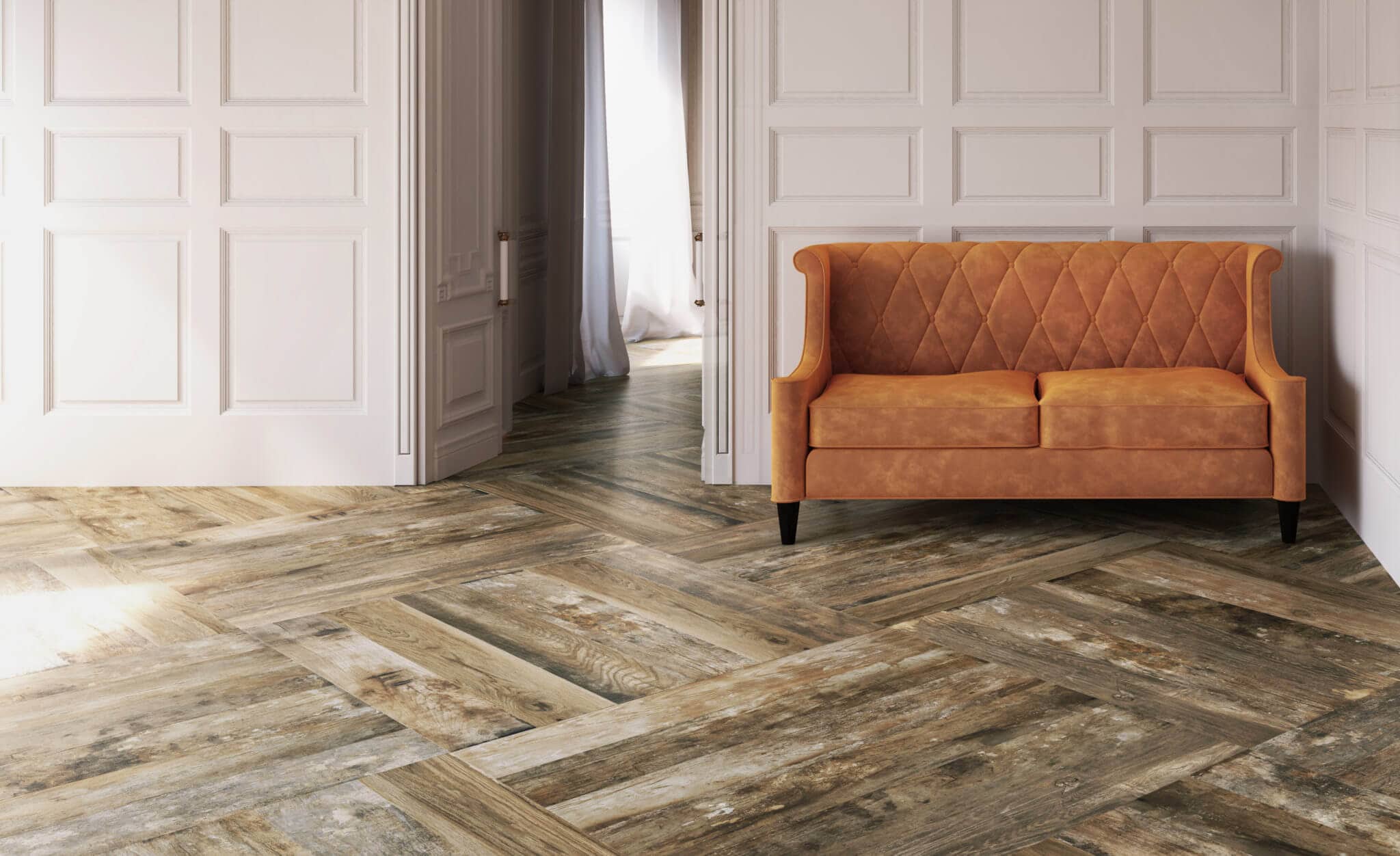
On the Floor
Easy to maintain, scratch- and stain-resistant, ceramic tile is a flooring option for any room.
Resources:
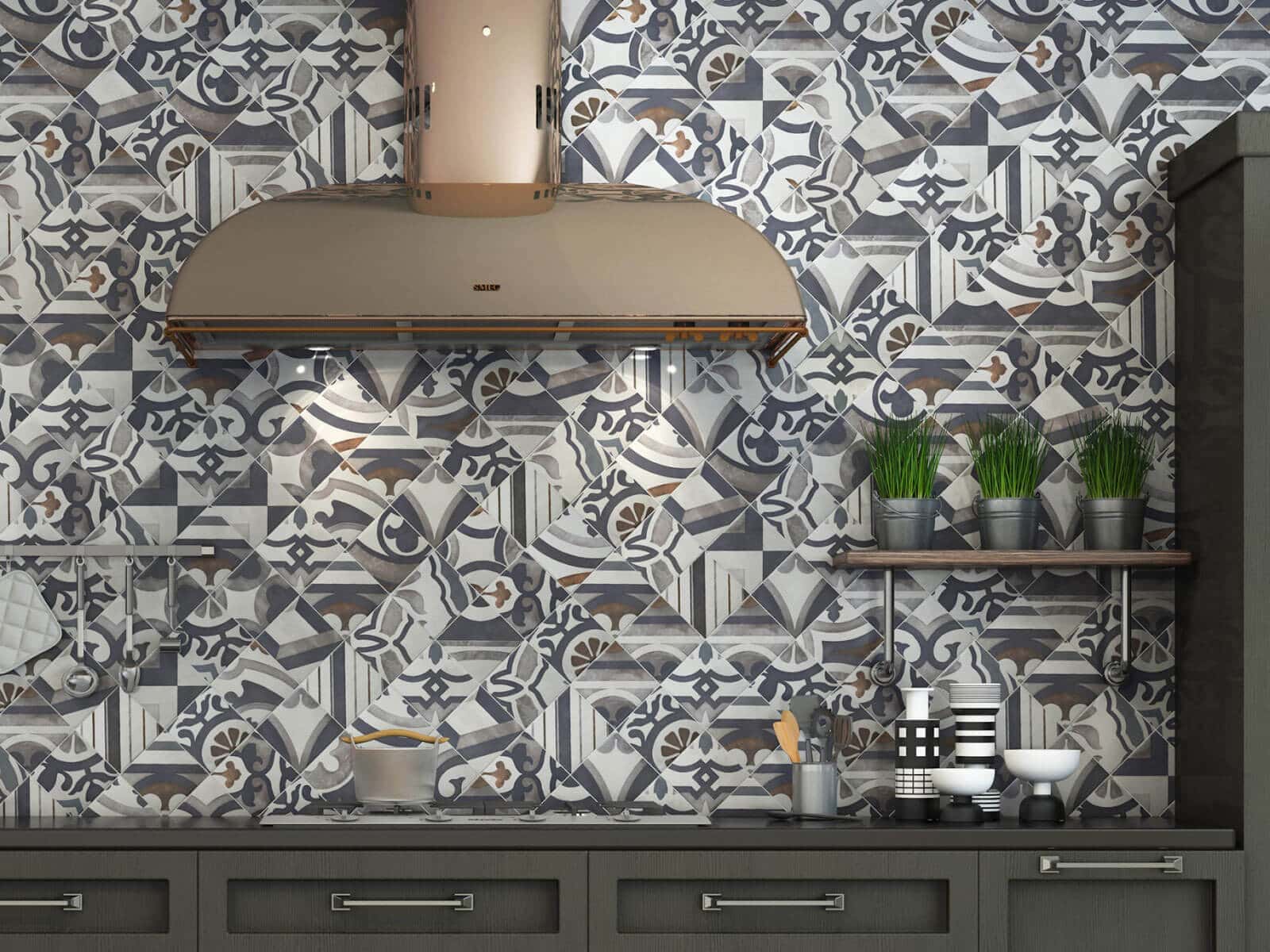
On the Wall
Add some flair to a room with a decorative feature wall or backsplash.
Resources:
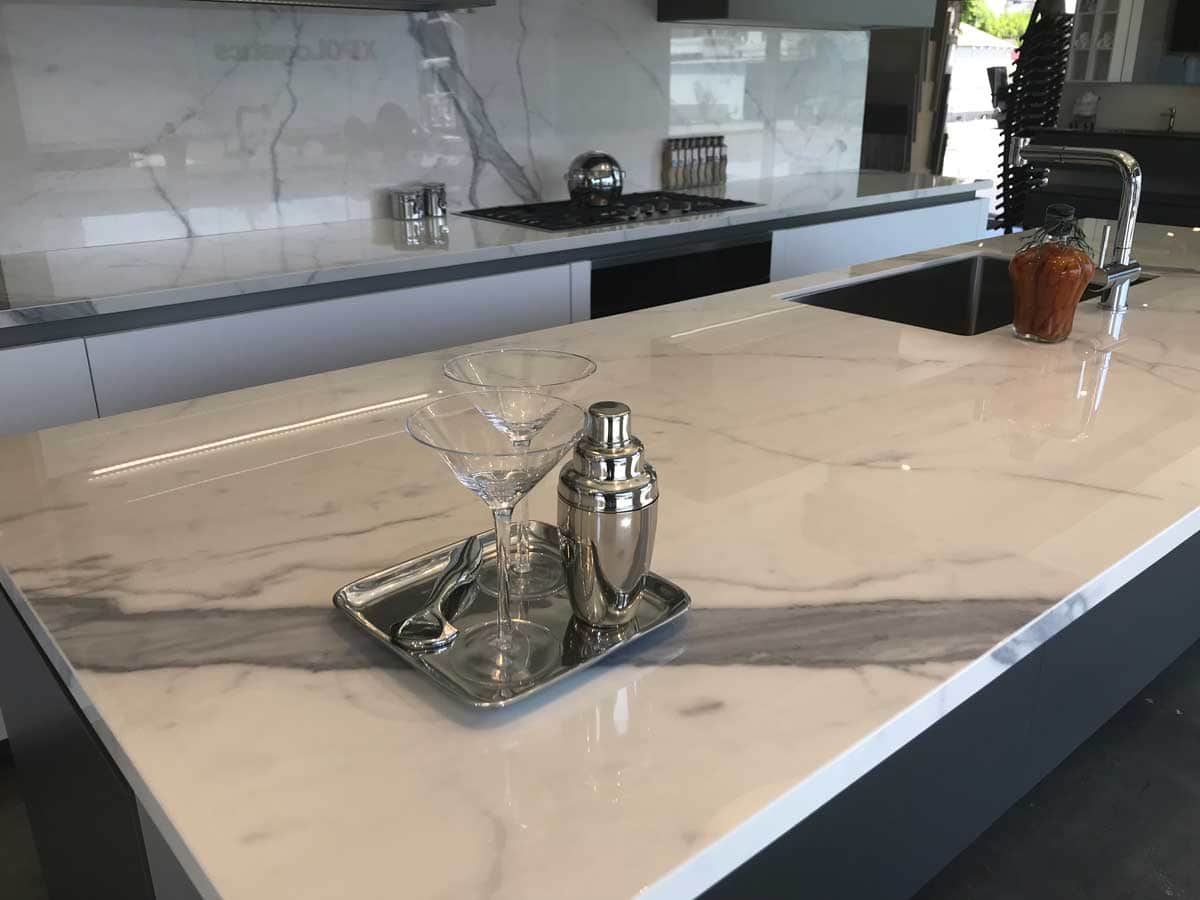
Countertops
Protect your countertops and achieve the look of any material with large-format gauged porcelain tile slabs.
Resources:
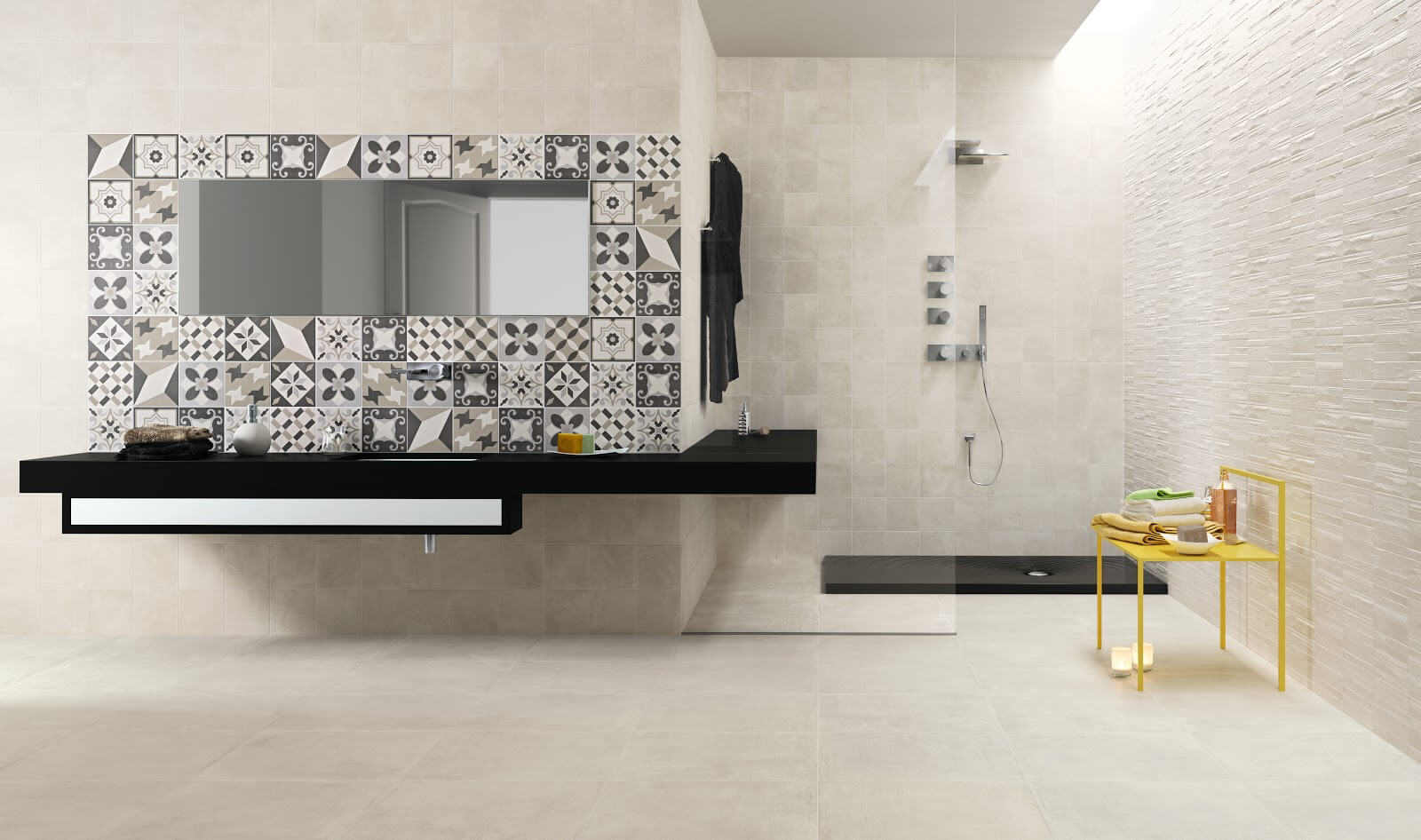
Bathrooms
Water, slip, and bacteria resistance as well as easy cleaning make ceramic tile an ideal choice for bathrooms.
Resources:
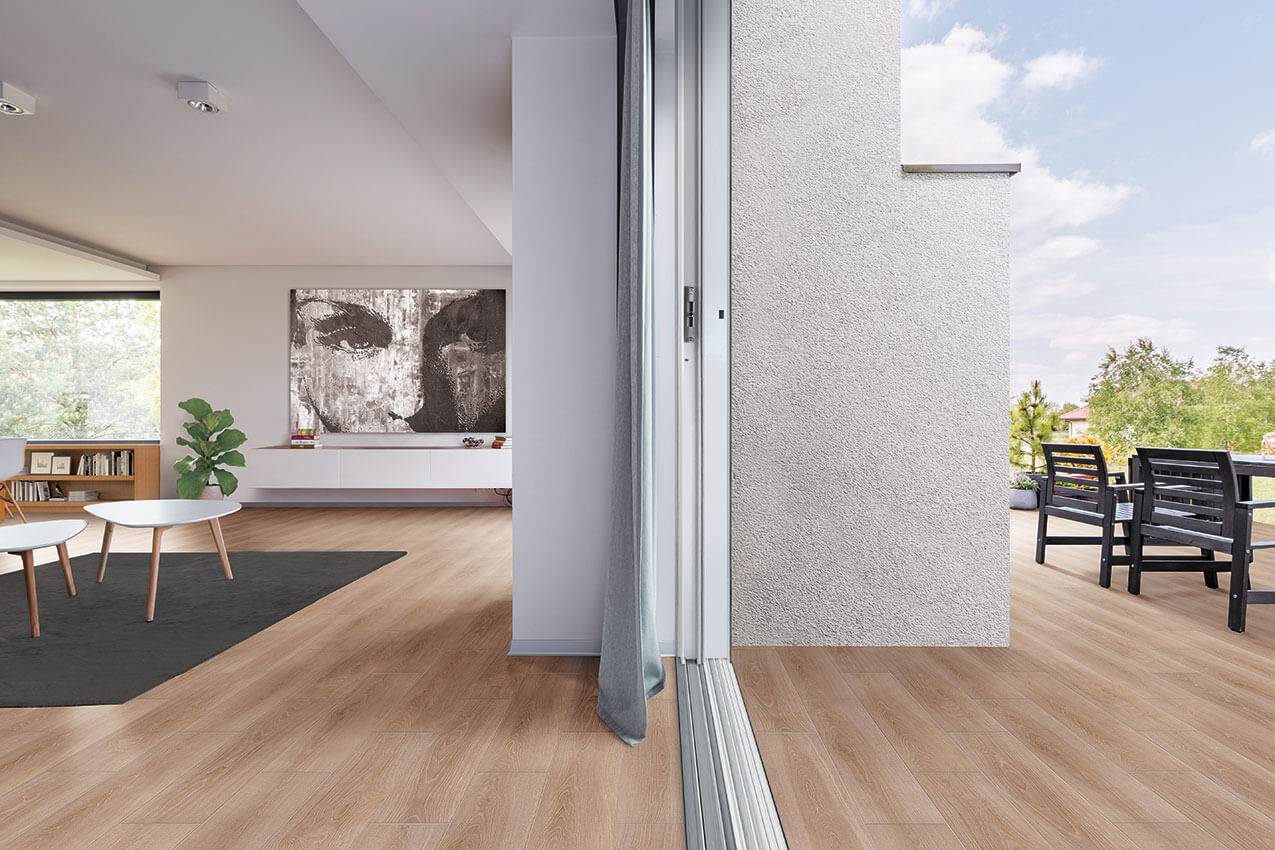
Inside or Outside
Ceramic tile can go anywhere inside — and outside — of your home.
Resources:
- On the Floor
-

On the Floor
Easy to maintain, scratch- and stain-resistant, ceramic tile is a flooring option for any room.
Resources:
- On the Wall
-

On the Wall
Add some flair to a room with a decorative feature wall or backsplash.
Resources:
- Countertops
-

Countertops
Protect your countertops and achieve the look of any material with large-format gauged porcelain tile slabs.
Resources:
- Bathrooms
-

Bathrooms
Water, slip, and bacteria resistance as well as easy cleaning make ceramic tile an ideal choice for bathrooms.
Resources:
- Inside or Outside
-

Inside or Outside
Ceramic tile can go anywhere inside — and outside — of your home.
Resources:
Think you know where to put your tile? Explore all of our tile applications.
Tile Styles
Tile design options are so numerous that you may find it helpful to take the decision one step at a time. Here are some aspects to consider in finding the perfect tile style:
Layout Patterns
Once you’ve chosen your tile style, it’s time to choose how to lay it out. Download our Ceramic Tile Layout Pattern Guide to see a comprehensive list of your tile layout options. The following resources may be helpful as well:
Grout
It may not be what most people first notice about your tile, but grout matters. In fact, it can completely change the look of your tile.
Check out our Grout Color Guide for help choosing the right grout for your tile. When shopping, be sure to look at grout samples. You can even ask your installer to do a mock-up of your chosen grout and tile to show you what to expect.
The Perfect Amount of Tile, and Then Some
Wondering how much tile to buy? We recommend calculating your exact square footage and then adding 10% just to be safe. Use our tile calculator to run the numbers.
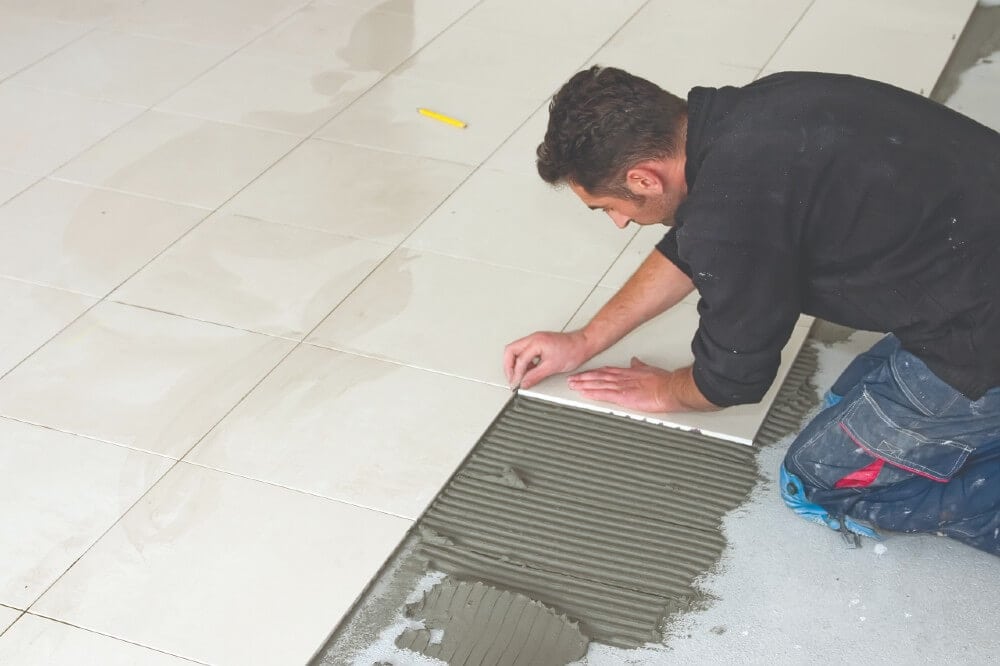
Find a Qualified Installer
Each of these industry associations provide education and support for installers and have search directories to help you locate qualified labor:
- National Tile Contractors Association (NTCA)
- Ceramic Tile Education Foundation (CTEF)
- International Union of Bricklayer and Allied Craftworkers (IUBAC)
- Tile Contractors’ Association of America (TCAA)
What is Qualified Labor?
Qualified labor refers to labor that has specialized training or a learned skill-set to perform the work. Consider these characteristics:
- A track record for quality and service — references of past work similar in scope and complexity to the current project is best
- Portfolio of completed installations
- A precedent for following industry methods and standards
- All required business licenses and insurance
Customer Satisfaction
Qualified labor is also crucial to give clients confidence that their tile project is going to be completed to their specifications and desires.
Nyle Wadford with Neuse Tile Service in Youngsville, North Carolina, explains that satisfied customers are a direct correlation to qualified labor.
Appropriate Installation
Bart Bettiga, executive director of the National Tile Contractors Association (NTCA), explains that qualified labor sets the stage for a successful tile project: proper use of the materials, proper specification, and proper installation. Bettiga emphasizes that “qualified labor includes certification, it includes training, and I think that qualified labor is why projects last for a lifetime.”
Quality & Consistency
Victor Fox and John Wirtz of Wirtz Quality Installations echo these sentiments. Qualified laborers provide a “quality product” and “consistency” so that customers know they will get the quality result they expect.
Safe & On-Time Completion
Roger Leasure of Northern California Tile and Stone — a company known for doing large malls, casinos, and resorts — speaks to other important elements that customers value: timeliness and safety. “When we show up on a massive project,” Leasure explains, “it’s going to be done fast and it’s going to be done safe.” The company’s use of qualified labor gives customers confidence they will receive a superior product in a timely manner.
- Customer Satisfaction
-
Customer Satisfaction
Qualified labor is also crucial to give clients confidence that their tile project is going to be completed to their specifications and desires.
Nyle Wadford with Neuse Tile Service in Youngsville, North Carolina, explains that satisfied customers are a direct correlation to qualified labor.
- Appropriate Installation
-
Appropriate Installation
Bart Bettiga, executive director of the National Tile Contractors Association (NTCA), explains that qualified labor sets the stage for a successful tile project: proper use of the materials, proper specification, and proper installation. Bettiga emphasizes that “qualified labor includes certification, it includes training, and I think that qualified labor is why projects last for a lifetime.”
- Quality & Consistency
-
Quality & Consistency
Victor Fox and John Wirtz of Wirtz Quality Installations echo these sentiments. Qualified laborers provide a “quality product” and “consistency” so that customers know they will get the quality result they expect.
- Safe & On-Time Completion
-
Safe & On-Time Completion
Roger Leasure of Northern California Tile and Stone — a company known for doing large malls, casinos, and resorts — speaks to other important elements that customers value: timeliness and safety. “When we show up on a massive project,” Leasure explains, “it’s going to be done fast and it’s going to be done safe.” The company’s use of qualified labor gives customers confidence they will receive a superior product in a timely manner.
The Importance of Qualified Labor
The importance of qualified labor starts at the very beginning with tile design. Architects and designers depend on the craftsmanship and technical expertise of qualified labor to successfully bring their design to reality.
Consider how qualified labor plays a part during the four phases of tile design:
1. Schematic design
- Complete rough sketches.
- Determine the direction of the design.
- Complete conceptual images.
2. Design development
- Select quality materials to guarantee the success of the project.
- Base material selection upon industry standards and manufacturer recommendations.
- Refine color options and finishes.
3. Construction documentation
- Prepare detailed specifications for bid, giving contractors a clear set of instructions to build projects as designed.
- Tile specifications refer to the TCNA Handbookand ANSI Standards for installation guidelines.
- Select a qualified contractor based on training, skills, experience, and referrals.
4. Construction administration
- The project is built and installed during this final stage.
The architect and designer regularly meet and work with contractors to confirm that the project is being executed as envisioned, answer any questions, and resolve any construction issues.
[Download 13 Questions to Find the Right Tile Installer to help you in your selection of a qualified installer.]
Where to Buy Tile
Your next steps are simple:
- Use the search tool at the Ceramic Tile Distributors Association (CTDA) to find a ceramic tile showroom in your area for a more individual, one-on-one shopping, design and education experience, or visit a home improvement or flooring retailer.
- Find a Ceramic Tile Showroom Near You
- For specific products and installation-related materials, you can consult the product locator of the Tile Council of North America (TCNA).
- Download our Tile Buying Guide below to share with your contractor or designer or bring with you to the showroom. Having these tips handy will make it that much easier to shop for your tile.


Download #OutsideTheBox: Your Tile Buying Guide…and get started now!


